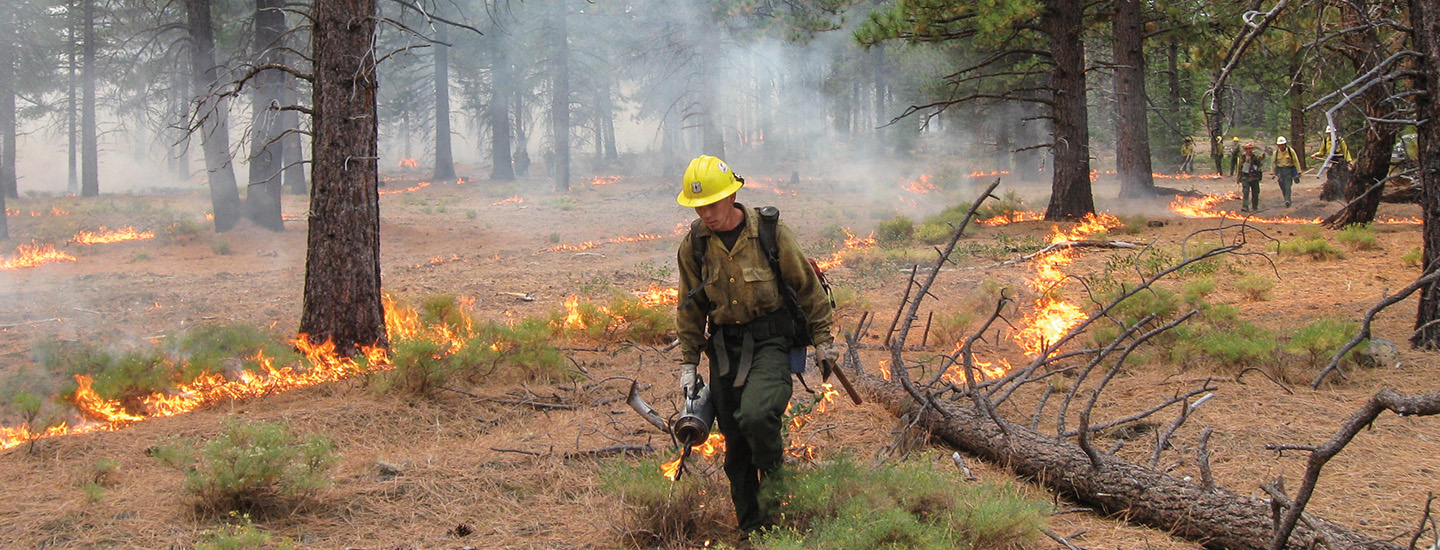John Cancalosi/Alamy Stock Photo
Finding Mexican spotted owls in trees is tough because they blend in so well.
Serra Hoagland is a biologist with the U.S. Forest Service. She describes her job as playing “Where’s Waldo?” in the forest. But instead of hunting for a man in a striped top, she’s looking for Mexican spotted owls. “They’re very hard to see and are pretty hidden in the trees,” Dr. Hoagland says. “When we find them, it’s very exciting!”
The Mexican spotted owl is a threatened species in the U.S., and wildfires are the main threats to its survival. Not only do fires kill owls as they burn, but they also destroy the birds’ homes. Wildfires strip the forest of its canopy of leaves and needles, exposing the owls to predators. “They’re left with nowhere to hide,” Hoagland says.
Serra Hoagland is a biologist with the U.S. Forest Service. She spends a lot of her time in the woods. She’s looking for birds called Mexican spotted owls. “They’re very hard to see and are pretty hidden in the trees,” she says. “When we find them, it’s very exciting!”
The Mexican spotted owl is a threatened species in the U.S. Wildfires are the main threat to its survival. Owls can die when forests burn. Even if they survive, the fires destroy their homes. Wildfires scorch the leaves and needles off of trees. This makes the owls more visible to predators. “They’re left with nowhere to hide,” says Hoagland.

